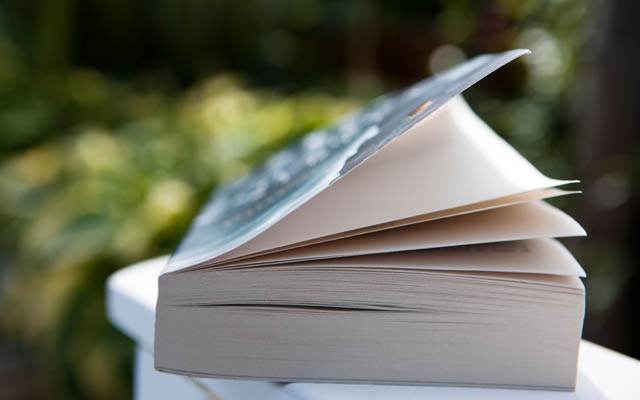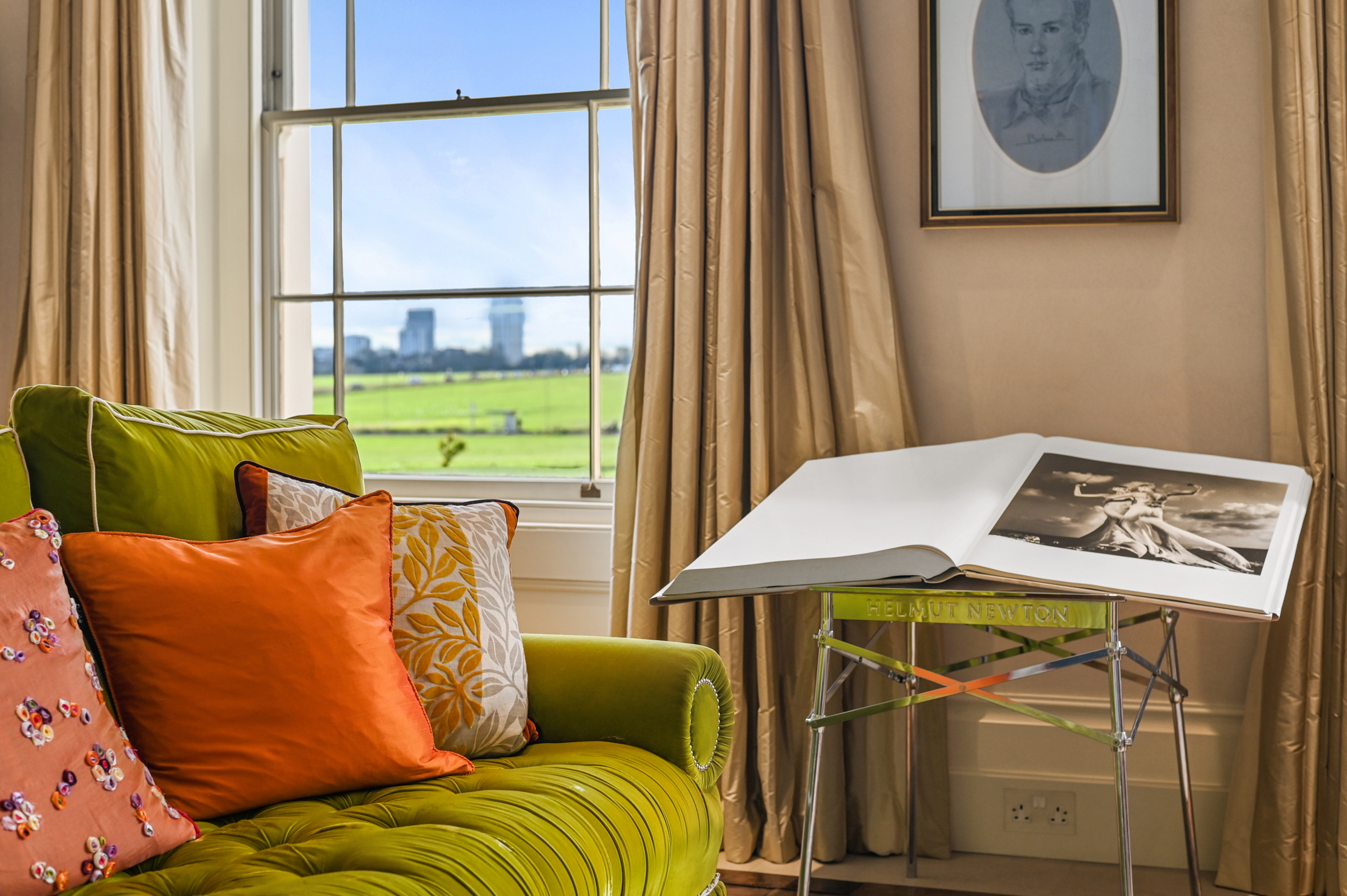Inspirational gardening books
As the dark nights of winter fall, now is the time to plan next year's garden. Alan Titchmarsh rounds up his favourite gardening guides for practical tips and inspiration.


Sitting and thinking that’s what the dark nights of winter will be useful for when the clocks go back in just a few days’ time. That is, if you have a garden and plan on it being better than ever next year. But thinkers need inspiration and, however useful the internet may be, there is nothing better than a book to offer shafts of illumination when it comes to designing a garden, choosing plants and generally firing up the horticultural imagination.
I find books hard to resist and have stopped counting mine, having reached 5,000, distributed around our house and barn. Sir Winston Churchill observed: ‘If you cannot read all your books… fondle them… peer into them, let them fall open where they will, read from the first sentence that arrests the eye, set them back on the shelves with your own hands, arrange them on your own plan so that you at least know where they are. Let them be your friends; let them, at any rate, be your acquaintances.’
So it is with my own books; some are close friends intimates others are acquaintances, to be dipped into when the need arises and, like all good acquaintances, they seldom disappoint. Among my favourites, which are often dipped into when planning, top of the list is The Royal Horticultural Society’s A-Z Encyclopedia of Garden Plants, edited by Christopher Brickell. I have the two-volume edition, which avoids arm strain. It is the best plant encyclopedia, with lots of colour illustrations. Used along with the annually released RHS Plant Finder, which lists more than 75,000 plants, you should be able to choose the right plant for your needs and then locate it.
Peter Beales’s Classic Roses is the indispensable bible for the kind of roses I grow the photographs are of good quality and the information is both comprehensive and enlightening. That said, I still dip into Graham Stuart Thomas’s Old Shrub Roses for his scholarship and crisp style of writing.
Design ideas are also best passed on by books and there are four that I regularly dip into for inspiration: Designing Gardens by Arabella Lennox-Boyd, My Kind of Garden by David Hicks, The Garden at Highgrove by The Prince of Wales and Candida Lycett Green and, one which is as much about interior design as gardens, but the style of which is hugely inspiring, Folly de Grandeur by Nicky Haslam.
Wildflowers are an important part of my life I manage two wildflower meadows, one of which I sowed by hand. Christopher Lloyd’s Meadows is full of wisdom and written in the master’s incomparable style and, when it comes to plant identification, I have found no better book than Wild Flowers of Britain and Ireland by Rae Spencer-Jones, with photographs by Sarah Cuttle.
The latter are of such good quality that identification is made easier and grouping the plants according to flower colour is helpful. For sheer pleasure, Geoffrey Grigson’s The Englishman’s Flora should be in every collection. The lists of regional common names alone are sufficient reason for owning it.
Sign up for the Country Life Newsletter
Exquisite houses, the beauty of Nature, and how to get the most from your life, straight to your inbox.
If you want a good read, Tim Richardson’s The Arcadian Friends is a fat but fascinating tome, which explains the landscape movement of the 18th century and its effect on our horticultural legacy, and the National Gardens Scheme’s Yellow Book is a matchless companion to keep in the glove compartment of the car where nobody keeps gloves any more.
Practical guides? Well, I do dip into my own The Gardener’s Year from time to time, just to check that I really have done everything, and The Pruning of Trees, Shrubs and Conifers, written by one of my old bosses at Kew, George Brown, and updated by his successor, Tony Kirkham, will solve those knotty problems that occur when you are standing in front of a tree or shrub, secateurs and saw in hand, wondering which bit to cut off.
Country Life is unlike any other magazine: the only glossy weekly on the newsstand and the only magazine that has been guest-edited by HRH The King not once, but twice. It is a celebration of modern rural life and all its diverse joys and pleasures — that was first published in Queen Victoria's Diamond Jubilee year. Our eclectic mixture of witty and informative content — from the most up-to-date property news and commentary and a coveted glimpse inside some of the UK's best houses and gardens, to gardening, the arts and interior design, written by experts in their field — still cannot be found in print or online, anywhere else.
-
 A rare opportunity to own one a family home on Vanbrugh Terrace, one of London's finest streets
A rare opportunity to own one a family home on Vanbrugh Terrace, one of London's finest streetsThis six-bedroom Victorian home sits right on the start line of the London Marathon, with easy access to Blackheath and Greenwich Park
By James Fisher
-
 Materials, textures, construction, expression: A Brutalist watch on your wrist
Materials, textures, construction, expression: A Brutalist watch on your wristLuxury watchmakers are seeking to bridge the gap between two contrasting styles, with exciting results.
By Chris Hall